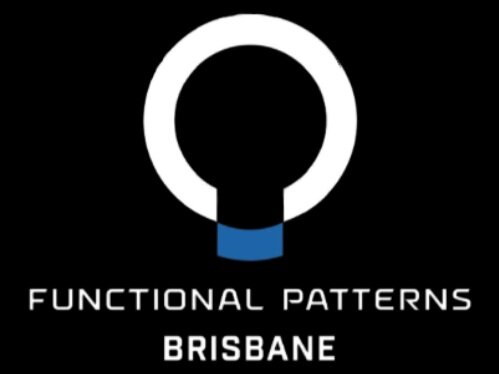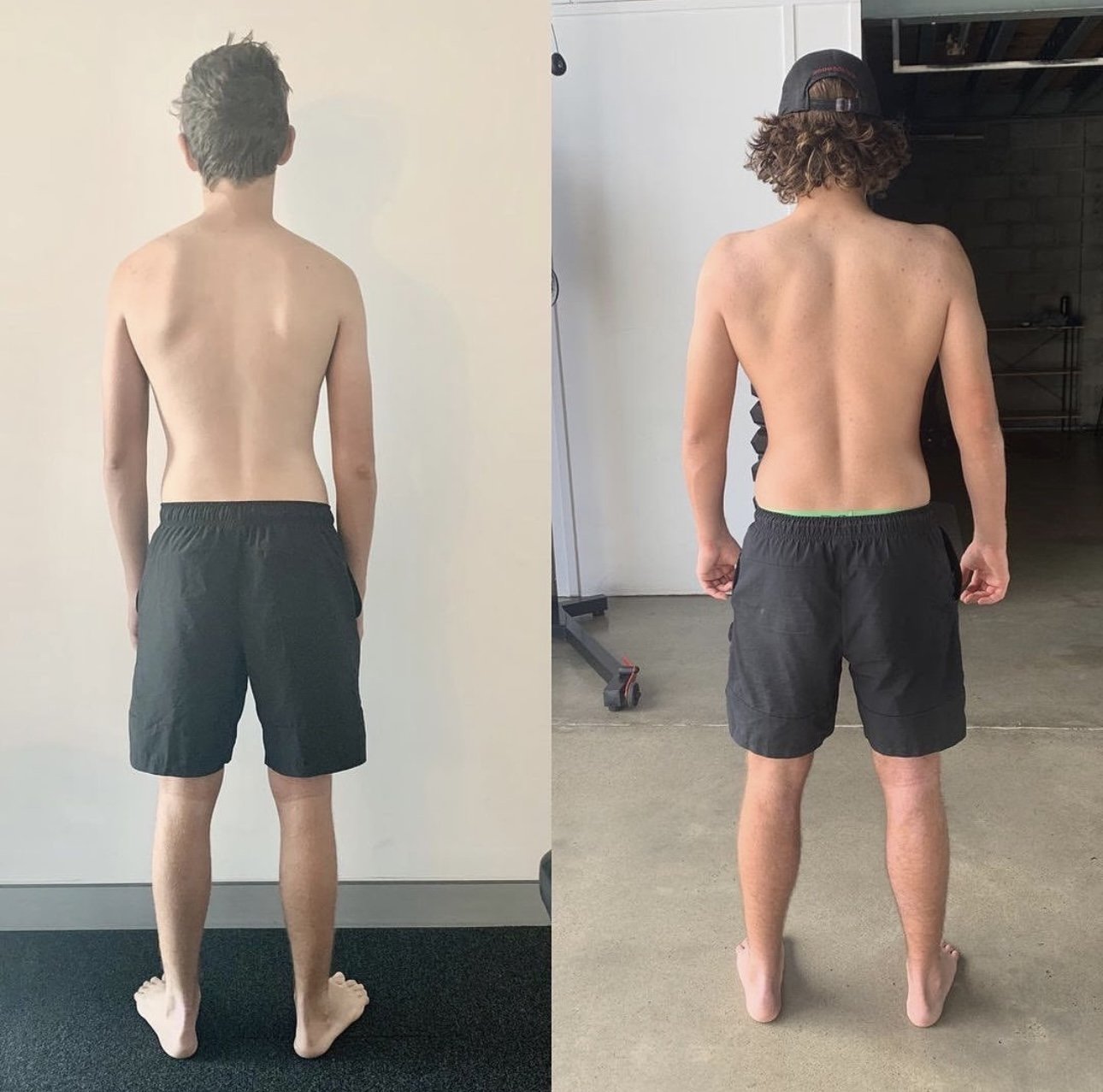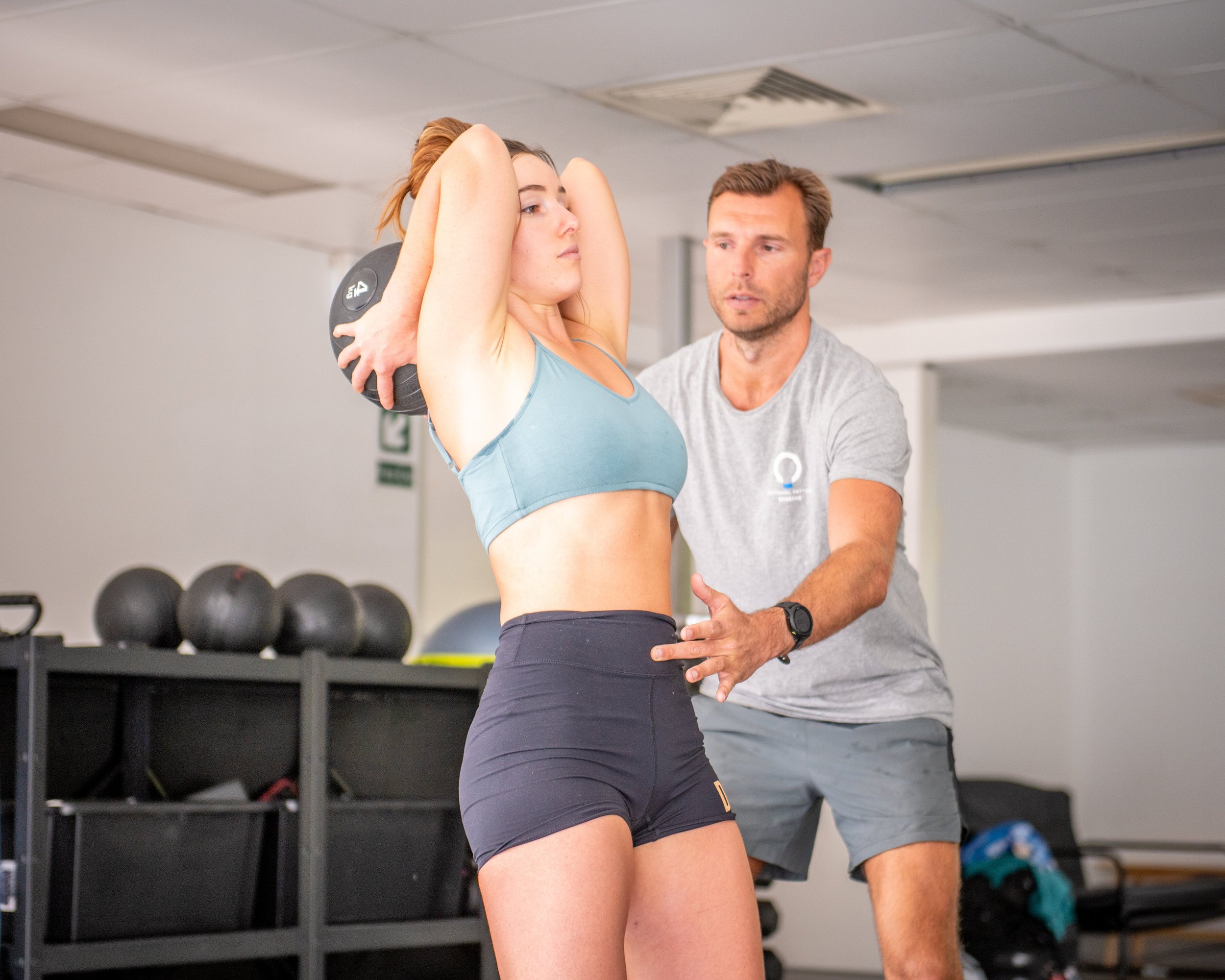Subscapularis tendinosis, the actual cause and solution
What Is Subscapularis Tendinosis On A Deeper Level
Subscapularis tendinosis is a condition involving a reduction in form and function of the tendon of the subscapularis muscle. This is one of the four rotator cuff muscles in the shoulder. The condition causes chronic pain and reduces function of the shoulder. This is especially prevalent during movements that require lifting or rotating the arm.
The method, Functional Patterns, focuses on posture and correct movement patterns to address musculo-skeletal issues. Functional Patterns allows for a holistic understanding of this condition. Subscapularis tendinosis can result from:
Poor Posture: Prolonged poor posture can lead to imbalances in muscle tension and joint positioning, stressing the subscap tendon.
Faulty Movement Patterns: Inefficient movement patterns, such as improper lifting techniques, can overwork the subscap tendon.
Muscle Imbalances: Imbalances between the rotator cuff muscles and other shoulder stabilisers can lead to excessive strain.
Fascial lines or meridians can influence subscap tendinosis in the following ways:
Myofascial Tension: Tension in the fascia connecting the subscap to other muscles can affect its function. This excess tension can contribute to the tendinosis.
Kinetic Chain Dysfunctions: Dysfunction in one part of the kinetic chain (e.g., lower body, trunk) can alter shoulder mechanics. This increases stress on the subscap tendon.
Fascial Restrictions: Restrictions in the fascia along the superficial front line or arm lines can limit shoulder mobility. This can contribute to tendon decline.
Overall, addressing subscapularis tendinosis from these perspectives involves improving posture, correcting movement patterns and addressing muscle imbalances. Releasing myofascial restrictions to reduce strain on the subscap tendon also comes into play.
Understanding Subscap Tendinosis: A Holistic Approach
Symptoms of Subscap Tendinosis
Here are some common signs of subscap tendinosis:
Subscap Pain: You might feel pain in the front of your shoulder. Pain in subscapularis can be from multiple different reasons, not just tendinosis. Pain in subscapularis muscle is the primary sign of tendinosis.
Weakness: Your shoulder might feel weak, making it hard to lift or rotate your arm.
Stiffness: Your shoulder might feel stiff and hard to move with reduced range of motion.
Clicking or Popping: You might hear or feel a clicking or popping noise when you move your shoulder.
Pain in Subscap Muscle: Specific pain when you press on the subscap muscle tendon.
Note: An MRI scan is often the best way of identifying severe injury to the subscap
What Causes Subscapularis Tendinosis?
Causes of subscap tendinosis include:
Repetitive Movements: Doing the same, inefficient shoulder movements repeatedly can wear down the tendon. This can lead to a tear in the subscap tendon. Moving incorrectly wears down tendons overtime. This is especially true in overhead sports and movements.
Poor Posture: Slouching or bad posture can put extra stress on your shoulder muscles, causing subscap tendinopathy. This is because your shoulder cannot correctly track in the socket. This leads to reduced range of motion and subscapularis pain.
If you have a kyphosis (upper back slouch), your spine prevents correct shoulder movement. Curving your upper back forward and then lifting your arms illustrates the instant reduction in range of shoulder motion.
Injuries: Falls, accidents, or sports injuries can cause a subscapularis tear or even a subscapularis rupture.
Types of Subscapularis Injuries
Here are different types of injuries related to the subscapularis:
Subscap Tear: A torn subscapularis muscle is when the muscle or tendon is torn. Subscapularis muscle tear can often fully heal without surgery. We can often avoid or repair a tear of the subscapularis tendon by addressing faulty movement patterns.
Subscapular Tendon Tear: Specifically, the tendon part of the muscle is torn.
Subscapular Rupture: A complete tear of the subscapularis muscle or tendon. A subscapularis tendon rupture is most often caused by injury or faulty movement patterns overtime.
Subscapular Shoulder Impingement: The tendon pinches during shoulder movements. Subscapularis shoulder impingement is painful but manageable using Functional Patterns.
Functional Patterns Holistic Principles for Managing Subscapularis Tendinosis
Functional Patterns uses holistic principles to help you move better and avoid injuries. Our goal is to prove long term relief without needing surgical repair. Here’s how you can use these principles to manage subscapularis tendinosis:
Posture and Alignment: Good posture is key. Stand and sit up straight to keep your shoulders in the right position and reduce subscap pain.
Efficient Movement Patterns: Learn to move in ways that protect your muscles and tendons. Avoid repetitive overhead movements that can lead to a scapular tear or torn subscapularis.
Correct Spinal Movement: A lack of rotation and extension of the spine is a major culprit for all shoulder issues. The spines lack of motion puts excessive pressure on the shoulder joints to compensate. To add to this, the spine aligns the shoulder joints. An inefficient spine leads to poor shoulder joint integration and positioning.
Breathing Techniques: Proper breathing helps stabilise your body. Practice deep, controlled breathing during exercises to support your shoulder movements.
Core Stability: A strong core supports your shoulder. Do exercises like planks and leg raises to strengthen your core and prevent a torn subscapularis tendon. Be careful when performing planks as it does put a load on the shoulders and can exacerbate kyphosis. See a Functional Patterns Practitioner to ensure you are performing your movements correctly.
Functional Patterns Result Using Spinal Extension, Rotation and Movement Pattern Improvement.
Exercises to Help Your Subscapularis
Here are some exercises you can do to help strengthen your subscapularis and reduce pain:
Practice spinal extension: Ensure tat you are extending your thoracic spine when you perform exercises. This ensures a more functional range of motion in the shoulders.
Rotations Exercises: A lack of rotation in the upper spine is a major cause of kyphosis. Kyphosis is a major cause of subscap issues. Ensuring that your rotate your spine in exercises can create better extension and shoulder movement.
MyoFascial Release (MFR): Swap any stretches for MFR. Releasing your pecs, upper abs and quads can help you create more thoracic extension. This thoracic extension allows for better shoulder mobility.
Stretching will only make tissue flaccid and more unstable. Aim to create integration, rotation and extension in your movements.
Using correct thoracic extension to promote a functional shoulder range.
Functional Patterns Gait Assessment For Shoulder Pain & Injury
Unlike most practitioners, we look at subscapularis muscle pain and subscapularis tendon tear as symptoms in a bigger picture. We cannot correctly manage shoulder issues without addressing the entire body as a system.
Conditions such as tendinosis of the subscapularis are heavily related to the spine. The best physical examination for spinal health is a gait assessment.
A gait assessment is an examination of your running, walking and standing. This allows us to identify internal rotation and external rotation of the upper arm bone. We can see spinal rotation and forward/lateral flexion.
During gait we are able to identify fascial restrictions and any asymmetries. We can also identify how the body does or does not integrate. This allows us to identify movement patterns that contribute to subscapularis.
If you are looking to relieve pain in any part of the shoulder, you must do a gait assessment. When we stop isolating the shoulder, we are able to see the true root cause of the shoulder complications. This allows for holistic and effective physical therapy and movement therapy.
Functional Patterns Result Using Posture & Movement Correction To Improve Shoulder Mobility
Conclusion
Subscapularis tendinosis can be painful and limit your shoulder movement. With the right treatment and prevention, you can heal and get back to your activities.
By understanding subscapularis tendinosis and using Functional Patterns principles, you're taking the first step. We always recommend seeing a Functional Patterns Practitioner for an assessment and to ensure you are training correctly.





